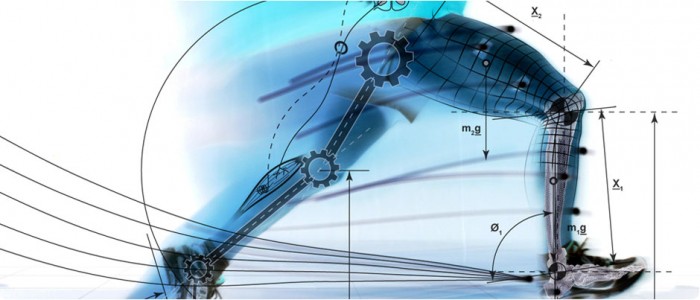Your feet have supported you in everything you do since you first learned to walk. For all that they do, many have no idea the level of complexity involved in the way a foot works. The foot is made up of 28 bones, 214 ligaments with unique jobs, and 38 muscles. All of these are essential for your feet to regularly support your body weight as you walk, run, and stand.
A biomechanical assessment is usually performed by a trained podiatrist rather than a general practitioner. A podiatrist is similar to your orthodontist in that they undergo specialised training in one part of the body. For a podiatrist, that specialty training is focused on the feet, ankles, and lower legs. However, this thorough examination is focused on more than the foot.
Biomechanical assessments examine the lower limbs, assessing structure and alignment, as well as the pelvis. It takes a sharp look at your legs and knees in order to assess the relationship between them. This extended examination is important because your lower limbs work together as a whole to help you walk, stand, bend, and more. Therefore, they are closely connected. If you experience pain in one area, it can actually be caused by a weakness or structural abnormality in a completely different area. For example, pain in the lower back can be caused by improper foot support.

Benefits of a Biomechanical Assessment
If you are experiencing chronic and unexplained pain in your lower limbs, you likely have an issue that your podiatrist can help diagnose and treat. It is common for a patient to visit a podiatrist as a last resort and usually at the recommendation of their general doctor. To avoid costly doctor visits and continued pain as you set up appointments, consider going to a podiatrist first for lower limb pain.
A biomechanical assessment is a tool utilised to provide a comprehensive understanding of any problems you might have in your lower limbs. Although they are less common, serious problems might go undetected until too late, especially if you do not have this assessment done quickly. If you exercise or participate in sports, for example, you are likely used to unexplained aches and pains during these activities.
An assessment becomes necessary when these aches and pains do not dissipate after an activity is finished or if they have no apparent cause. The sooner you have the assessment done, the sooner you can walk pain-free.
Treatments
If your assessment indicates that your mechanics might be contributing to an existing injury or chronic pain, insoles or custom orthotics are likely to be prescribed. You will be amazed how much a simple shoe insert can change the way you walk. Many men and women who have an assessment done and receive treatment see a significant reduction in their discomfort within just days of diagnosis.
Other treatments include being referred to a physiotherapist, surgeon, and more. No matter what mechanical failings you might have in your lower limbs, there are ways to treat your symptoms. Your podiatrist will attack your problem at its source, allowing you to heal faster and move in comfort once more. For many patients, this is a life-changing fact.





